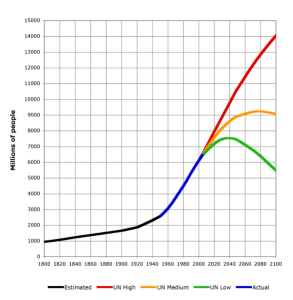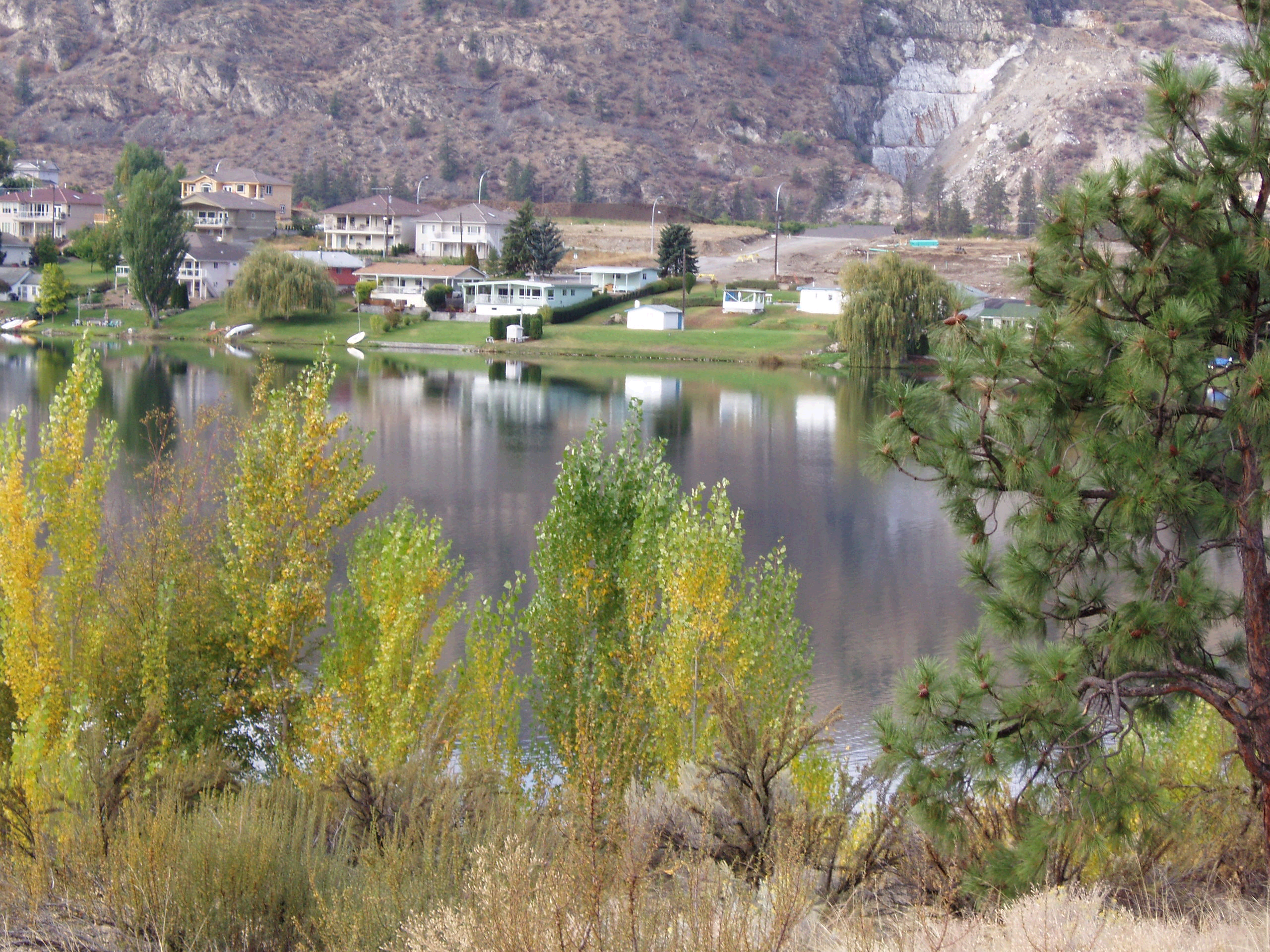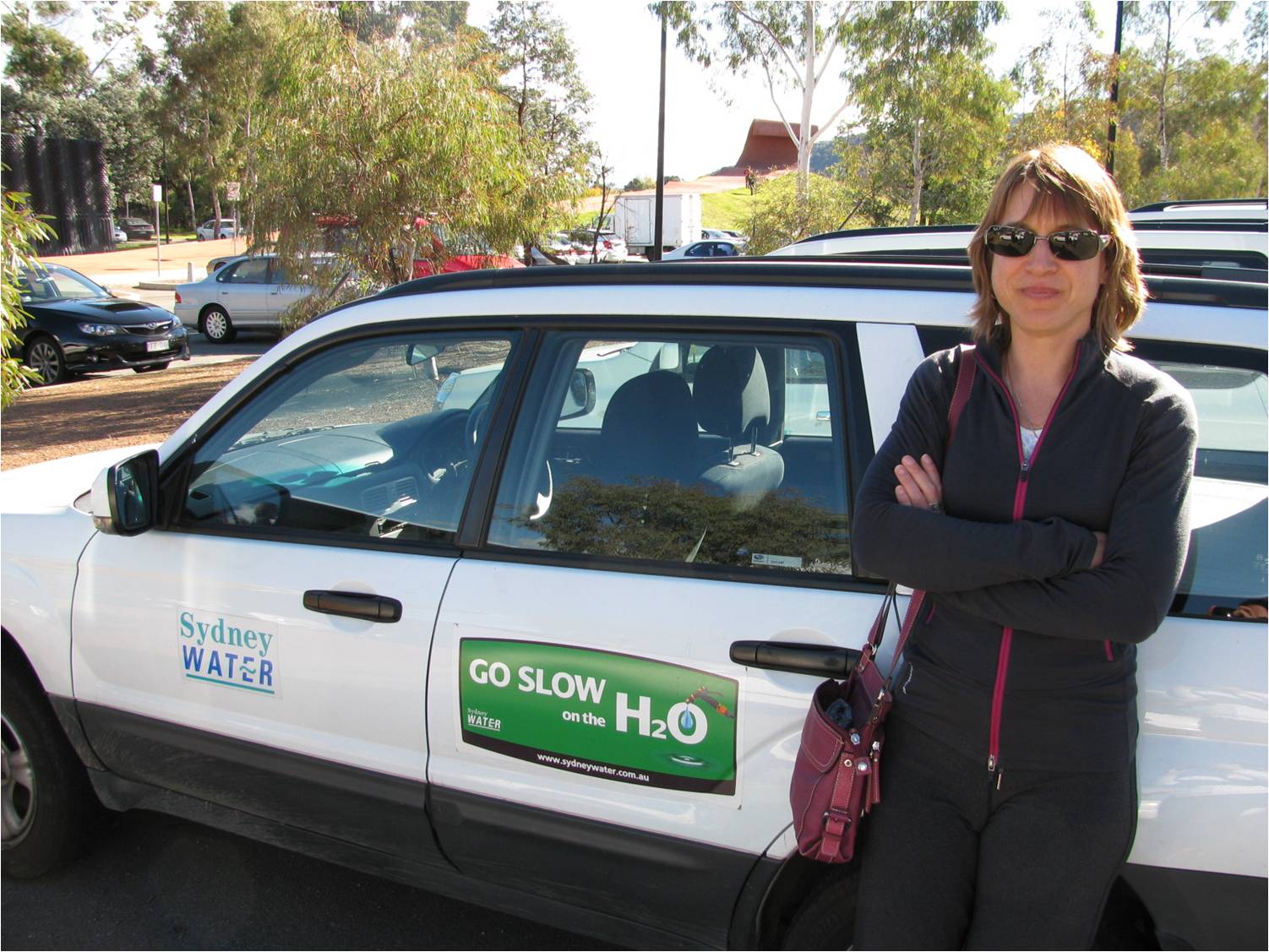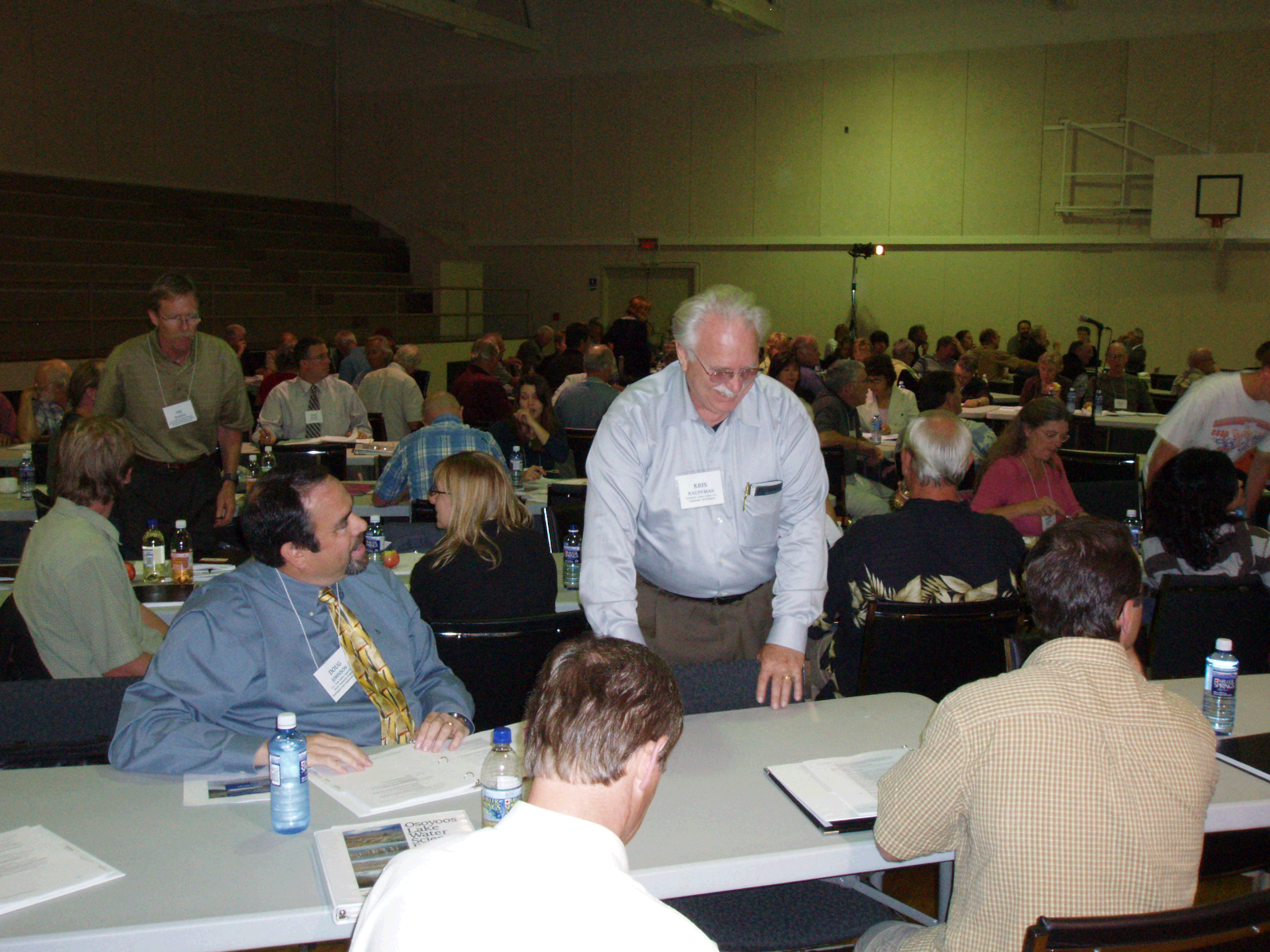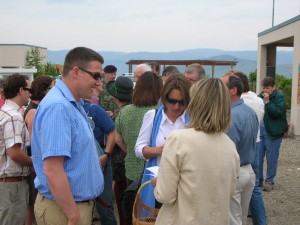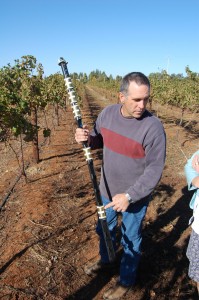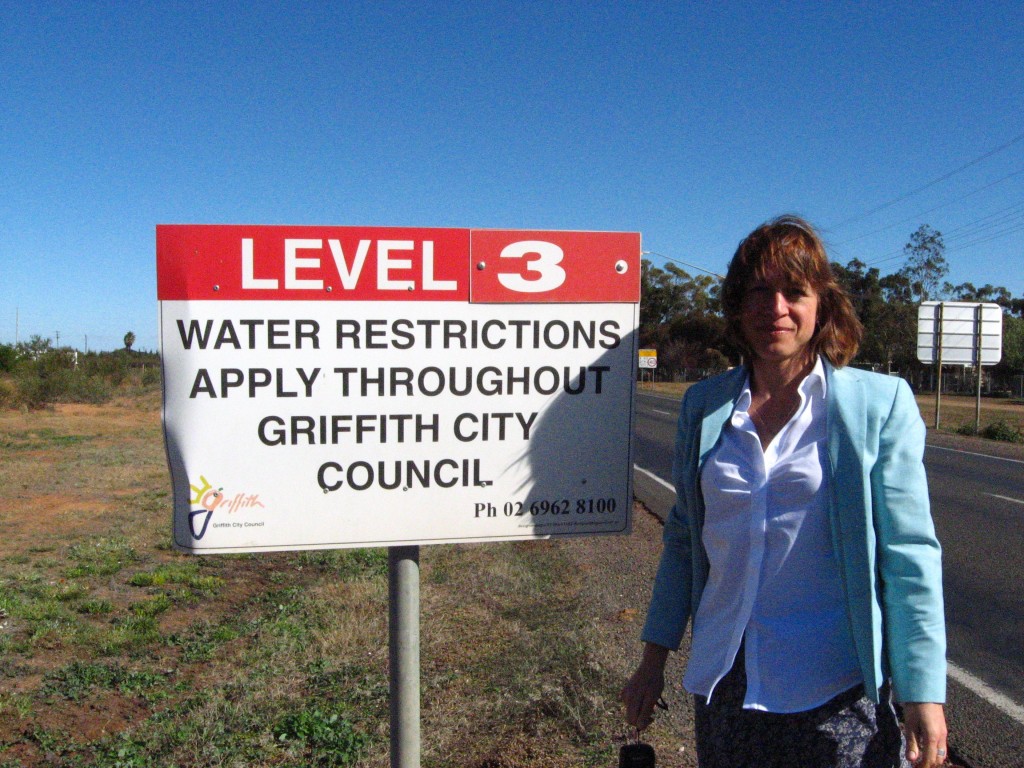“The creation of the Water Stewardship Council is a significant action in advancing water conservation and quality…” – Greg Selinger, premier of Manitoba, on the national Water Stewardship Council (June 2011).
I think we might be going back to the future with our new paradigm of watershed collaboration. Having the right people in the room has always been a recipe for good government (probably before the Romans and Greeks…). What may be new is formally using collaboration to improve our resource management.
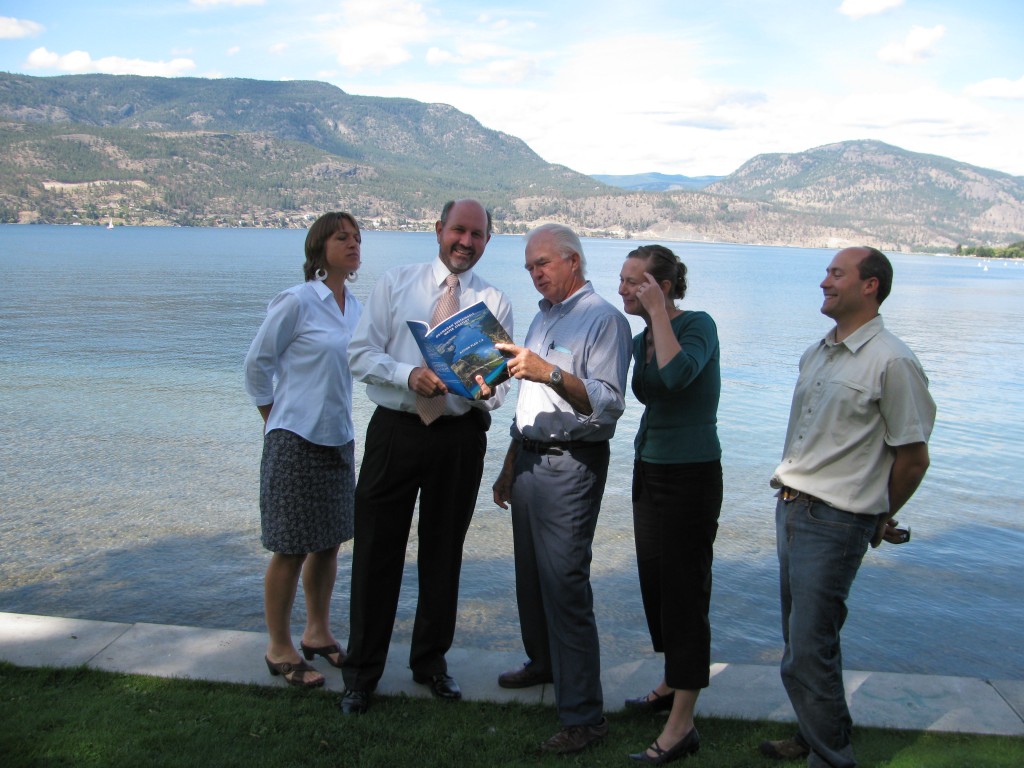
Goofing around at a photo-shoot for the Sustainable Water Strategy - From L to R: Anna Warwick Sears, Bernie Bauer, Tom Siddon, Kellie Garcia, and Nelson Jatel.
And let’s put “new” in quotes. The Okanagan’s Water Stewardship Council, Ontario’s Conservation Authorities and Alberta’s Watershed Planning and Advisory Councils have been on the landscape for decades. But never mind that. Ten years into the 21st century, this idea is coming of age. Continue reading


